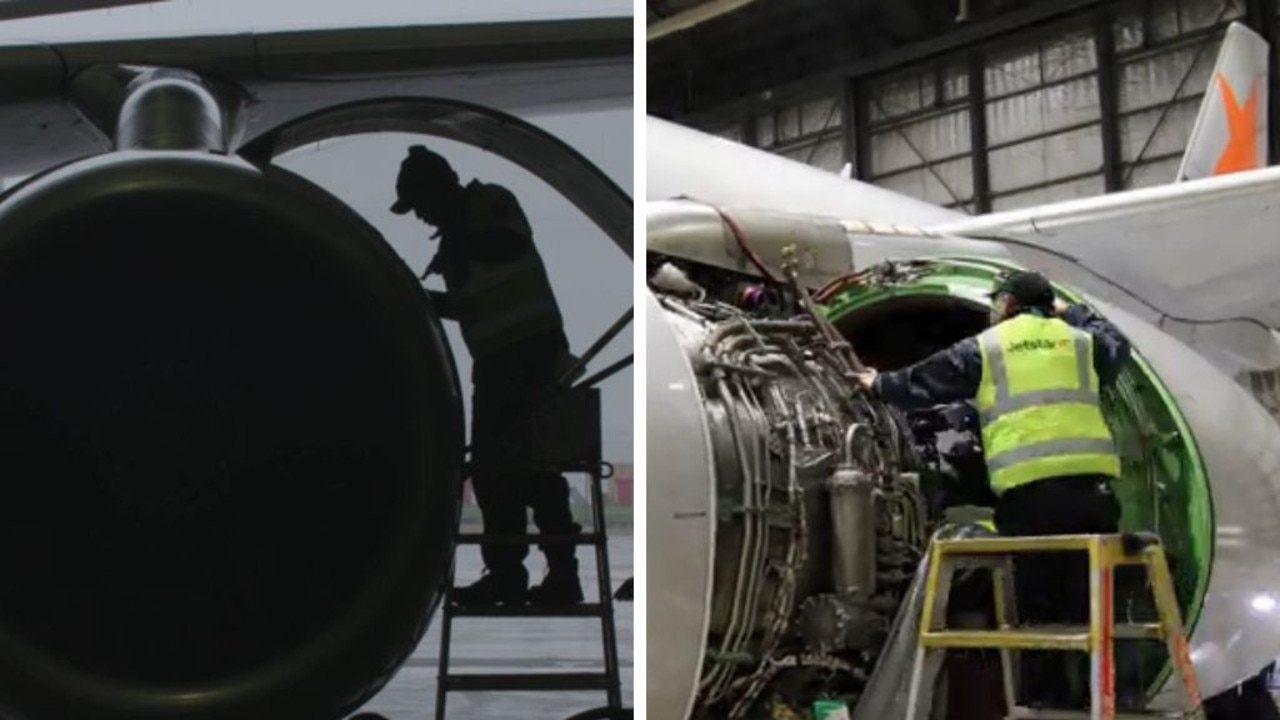The towns and cities in the shadow of death
THEY are the stunning resort towns and thriving cities that unfortunately lie right in the danger zone and are often subjected to nature’s fury. So will they exist for much longer?

THEY are the stunning resort towns and thriving cities that unfortunately happen to lie right in the danger zone.
They have suffered — or narrowly escaped — the fury of mother nature on countless occasions over the years, as nearby volcanoes roar into life and send their fury cascading down.
So while the threat of another Pompeii-scale disaster is rare, locals at these places remain on alert and at times have to flee for their lives as lava flows down their streets and engulfs their homes.
Here are eight incredible places that are in the line of fire, and at the mercy of often-unpredictable forces of nature, that are under threat.
1. Legazpi City, Philippines
The Mayon Volcano is a popular tourist attraction in the Philippines. The active volcano rises 2460 metres high and erupts frequently to this day, triggering mass evacuations. There have been more than 50 eruptions in the past 500 years, and Legazpi City is right in the danger zone.
One of the most devastating eruptions occurred in 1814, which claimed the lives of 1200 people from surrounding areas.

Tragedy struck again in 2006, when volcanic debris unleashed by Typhoon Durian buried farms and villages in areas of Legazpi. More than 1250 people were killed.
More recently, ash claimed the lives of five hikers in 2013, and last September thousands fled due to another eruption.

2. Naples, Italy
“The Napoli area is probably the most threatened modern urbanisation,” Henry Gaudru, President of the European Volcanological Society told Travel+Leisure.
That’s a big call. So why is it such a risky place to live in?
Naples is about as close to the Mount Vesuvius volcano as Pompeii (just 23km away), where thousands were killed during an eruption in AD79.

While it has been dormant since its last eruption in 1944, another eruption is likely and poses a major threat due to the difficult task authorities face in trying to protect such a large population (of approximately one million people).
“There would be no modern precedent for an evacuation of this magnitude,” Giuseppe Mastrolorenzo at the Vesuvius Volcano Observatory in Naples told Nature.com. “This is why Vesuvius is the most dangerous volcano in the world.”
However the city is protected by the direction of the wind, which most of the time tends to blow ash to the east, away from Naples. But the wind does change direction.

3. Arequipa, Peru
The second-largest city of Peru with approximately one million residents, Arequipa is located on an active fault line by the foot of the 5882 metre-high El Misti volcano — the town centre is only 17km away.
While its last full-scape eruption was back in the 15th century, a smaller eruption occurred in 1885 and locals remain under threat of it awakening.
Henry Gaudru, scientific adviser for the United Nations Office for Disaster Risk Reduction said a debris avalanche is still a threat to this day.
“The steep slopes Misti and its location on an active fault raises the Altiplano some 2000m above Arequipa basin make it possible for the flank of the volcano to collapse toward city,” Mr Gaudru said.

Jean-Claude Thoure, a professor at the Universite Blaise-Pascal in France told The Geological Society of America that another major eruption is anticipated.
“The possible impact of Misti on Arequipa is as worrisome as that of Vesuvius near Napoli,” Jean-Claude Thoure a professor at the Universite Blaise-Pascal in France told The Geological Society of America.”
4. Puebla, Mexico
The Popocatépetl volcano is a deceptively quiet giant that’s a looming threat to the approximately nine million people who live in surrounding areas, including Puebla, the fourth largest city in Mexico
It’s also some 55km from Mexico City, though whether it could reach such a distance is debatable.

After a series of large eruptions that produced giant mud flows in the early 1900s, burying Atzteque settlements, Popocatépetl was silenced. It remained dormant for nearly 50 years but spluttered back into life in 1993.
The following year gas and ash was carried 25km from the volcano by winds, forcing the evacuation of nearby towns. And it has been flaring up ever since, even grounding flights last week.

Mexico’s National Center for Prevention of Disaster, which is monitoring the volcano, issued this statement on March 4:
“In the last 24 hours the monitoring system at Popocatépetl volcano registered 211 exhalations, accompanied by steam, gas and moderate ash content. The most important occurred yesterday at 16:24 h and reached a height of 2km. Additionally, 45 explosions were registered.”
It warns of explosive activity, ash fall in nearby towns and the possibility of short range pyroclastic flows and mudflows.

5. Pasto, Colombia
Galeras is one of the most active and hazardous volcanoes in South America, and the city of Pasto with 500,000 residents lies within its reach, on its eastern slope.
Its earliest activity has been dated at 7050BC, and it turned deadly in 1993, erupting without warning and claiming the lives of six volcanologists and three tourists.
While fickle, it has erupted almost every year since 2010.

6. Hilo, Hawaii
Situated on the Big Island of Hawaii, the imposing 4170m high Maunu Loa is the biggest volcano on the planet. When measured from the base to the top, the pile of lava measures more than 17,000m.
While it hasn’t claimed any lives, it remains a massive threat to locals in nearby areas such as Hilo. Lava from the volcano flowed into the town in 1855 and 1880. Luckily, it typically moves slowly allowing plenty of time for evacuations.
Scientists believe the volcano has been erupting for at least 700,000 years.

And it’s not the only volcano near Hilo. Its neighbour the Kilauea Volcano erupts more frequently and is actually one of the most active volcanoes on Earth. In fact it’s erupting right now.

Located south of the town of Hilo, visitors flock to the explosive volcano to witness its power. It’s also a sacred place for locals.
It currently produces 230,000-600,000 cubic metres of lava per day, according to the Hawaii Tourism Authority. It’s not known when the eruption will stop.

7. Cha das Caldeiras, Cape Verde, Africa
Approximately 1500 people live in the Cha das Caldeiras community on the Cape Verde island of Fogo. They were forced to flee when the Pico do Fogo volcano erupted in November last year, destroying the village. Luckily, there were no deaths but livelihoods were ruined, including its famous wine production. But it’s been seen as just a setback, and locals vowed to rebuild.

8. Pucon, Chile
Villarrica is another of South America’s most active volcanoes. The 2847-metre volcano in Chile’s central valley, 670 kilometres south of Santiago, sits above the small city of Pucon.

It roared into life on Tuesday, tossing lava and heavy smoke into the air and forced the evacuation of 3500 people, including tourists.
It’s a popular attraction, with many visiting to hike around the volcano.




